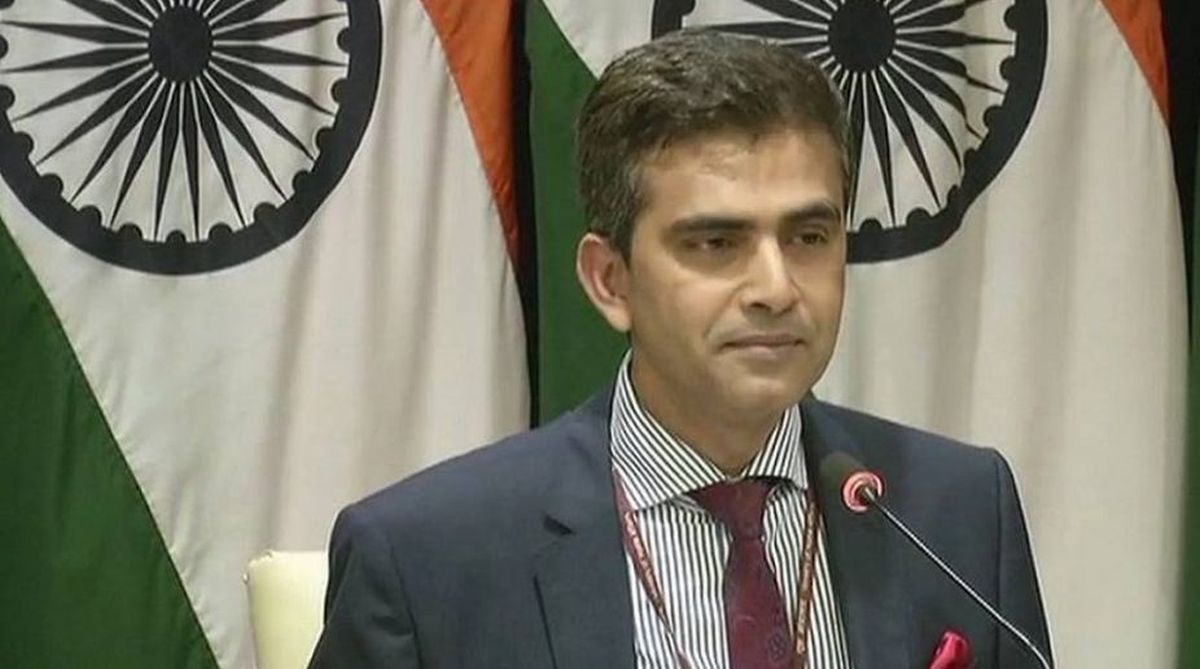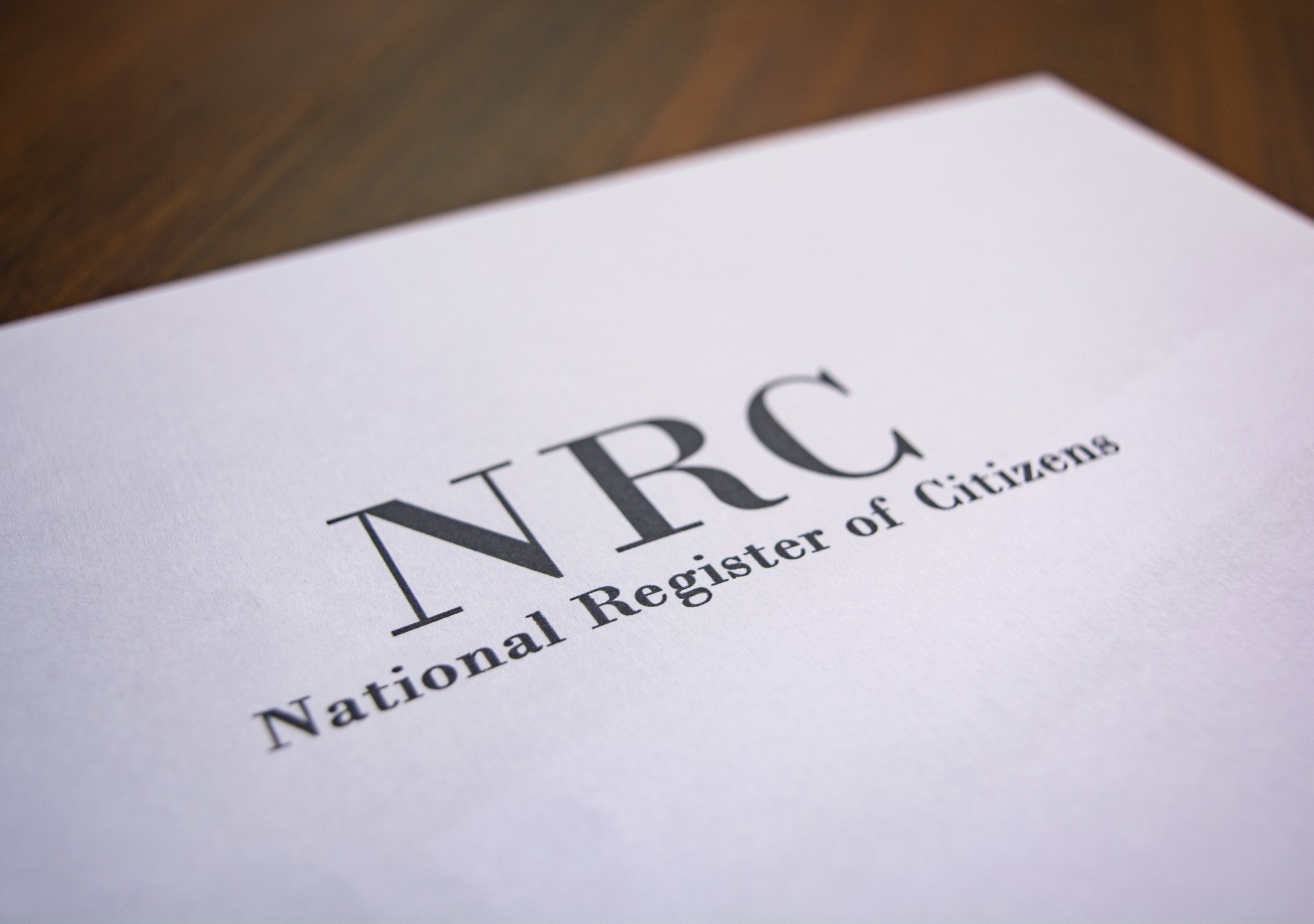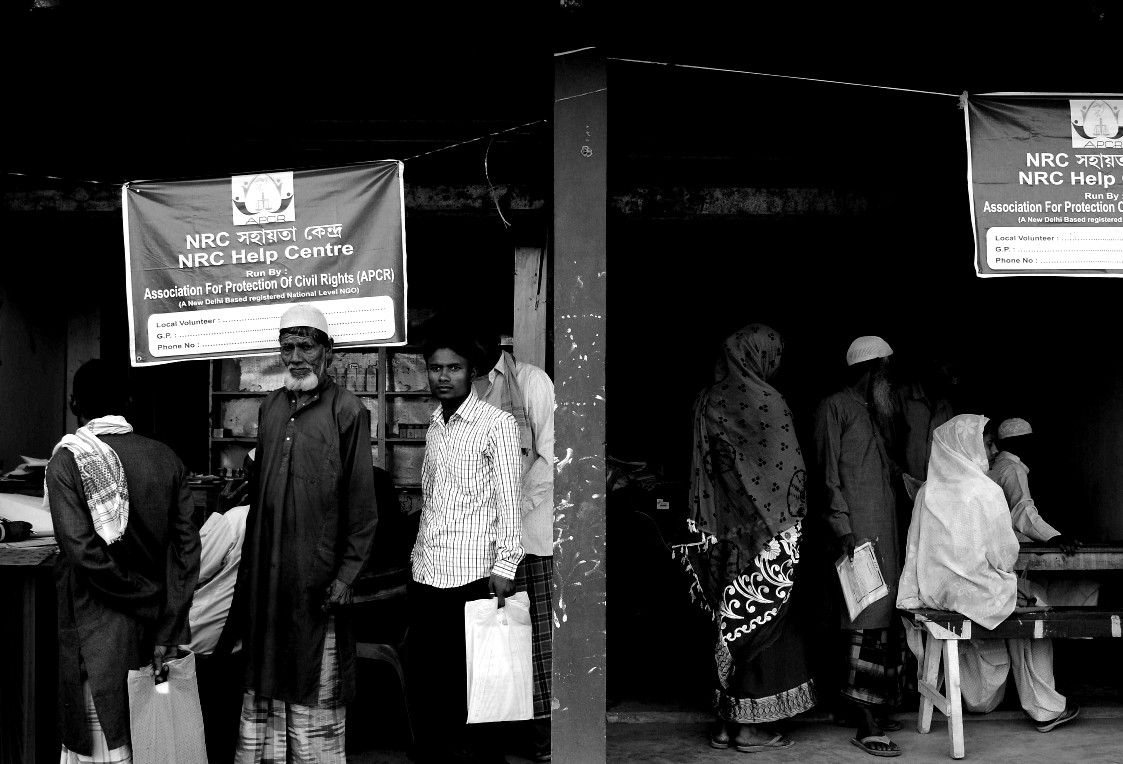

Everything you need to know about the largest citizenship drive in the world.
What was possibly the largest citizenship drive in the world recently concluded when the Assam government released the, National Register of Citizens—a list of names of people living in the state which gives them the legal status of being citizens of India. The National Register of Citizens was first created by the Indian government in 1951, after the first census, as a means of documenting all the people who lived in Assam after migrating from what is now called, Bangladesh.
As a border town, Assam has always been accessible to refugees from that part of the world that have regularly trickled in over the years. This easy accessibility to Assam is the reason bahiragat (outsider) has been a political issue in the region for a while now. The state witnessed its first ant-foreigner agitations in 1979 (8 years after Bangladesh was formed) when the locals felt that illegal immigrants were taking over the electoral rights of indigenous communities in order to determine their own political future. The Assam agitation, as it came to be known, only came to an end in 1985, when the government signed the Assam Accord. According to the accord, those who entered the state between 1966-1971, would lose their names on the electoral rolls temporarily for 10 years and anyone who entered Assam after March 24, 1971, would be declared a foreigner and deported.
In their bid to weed out illegal immigrants and their descendants, the state has been trying to update its National Citizenship Register since 2015 and recently released a comprehensive list of its ‘legal citizens.’ 1.9 million people living in Assam do not have their names on the list and have now been reduced to the status of ‘illegal immigrants.’
Although, Raveesh Kumar, the spokesperson for the Foreign Ministry has stated, “those who are not in the final National Register of Citizen (NRC) list will not be detained and will continue to enjoy all the rights as before till they have exhausted all the remedies available under the law.”

Raveesh Kumar
People who do not have their names on the list will have to approach the Foreigners Tribunal set up for this purpose over the next 120 days and if are dissatisfied with the ruling of the tribunal, they can appeal against it.
There are currently 300 such tribunals in Assam.
Last year, Assam also got sanction from the Centre to build the first standalone detention camp in the state, capable of housing 3,000 inmates making the future of those not on the list look bleak.

Why the Delayed Update?
In 1983, the then Prime Minister, Indira Gandhi passed an act called The Illegal Migrants (Determination by Tribunal) (IMDT) Act. This act detailed the procedure to detect illegal Bangladeshi immigrants and expel them from Assam. The act which was applicable only to Assam was pushed through in an attempt to protect minority communities from harassment at the height of the Assam agitation. The act, although well-meaning, made deportation tough and came to be seen as one of the key reasons why Assam’s social demographic changed over the course of a few decades.
In 2005, Sarbananda Sonowal, the now chief-minster of Assam filed a petition in the Supreme Court (SC) seeking to strike down the act. In his petition, he stated that, the provisions in the act were so limiting that they made, “detection and deportation of illegal migrants almost impossible.” The SC struck down the IIMDT the same year and that was when the decision to update the NRC first came into plan. The government was going to start the process when an NGO called Assam Public Works filed a petition for the names of so-called illegal immigrants to be struck off the electoral rolls.
After that, the Supreme Court took over and instructed the central government in 2013 to come up with a model to be followed to update the NRC. The project hit the ground in 2015.
How Do You Determine Citizenship
All those who were applying for the NRC had to follow this procedure
Prove your ancestors lived in Assam before March 24 1971. Give their name, your relationship to the said person and documents to aid your claim.
A two-step verification that would entail authorities checking your claims on ground and sending your documents to the original issuing authority to verify
A family tree of your blood relations drawn up to determine authenticity of claims

People await their turn at one of the NRC helpline centers in AssamWhat’s The Big Problem?
In 1983, over 3,000 Bengali Muslims were murdered in central Assam. No-one was held responsible; it was just assumed that the people murdered were Bangladeshi immigrants. A sentiment, which seemingly justifies the violence that the community regularly faces, the most recent of these attacks was in 2014 and saw 38 people murdered.
The major issue with NRC and why it remains so contentious is the fact that it is seen as a ploy to target the Muslim community living in the state. Ever since the Assam agitations, Assam has come to be viewed as a state that is deeply unsettled with the idea of its changing cultural and social demographic, desperately clinging to its predominantly Hindu cultural identity and unwilling to accommodate or make room for anyone else.